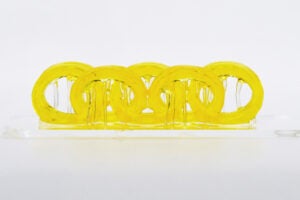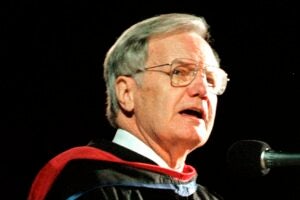In the future, the laser guidance technique may lead to semiconductors that include nerve cell components, or neural networks that resemble structures in the brain, among other possibilities. As a step toward creating neural networks, Raizen is determining how to divide a stronger beam of laser light into sections that can simultaneously guide the growth of many neurons.
“By building this natural kind of neural network, we could understand how small networks of nerve cells function and learn,” he said, which may reveal insights into the more complex functioning of the human brain.
For more information contact: Dr. Mark G. Raizen, 512-471-4753 or 512-471-0883, the Sid W. Richardson Foundation Regents Chair in Physics, or Barbra Rodriguez, 512-232-0675, media relations contact, College of Natural Sciences.



